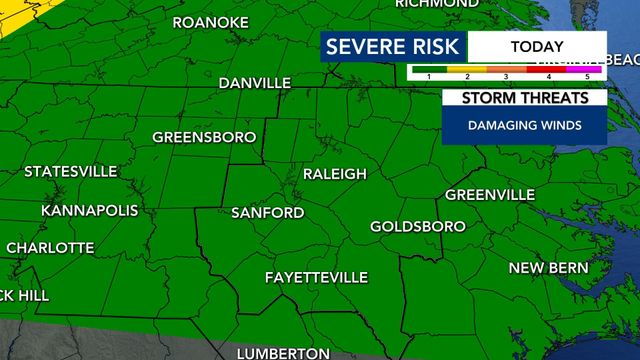Harvey Hit 5 Years Ago. Its Floodwaters Did Not Strike Equitably.
Up to 50% of the properties that were flooded in Harris County, Texas, during Hurricane Harvey might have escaped that fate in a world without climate change, scientists reported Thursday.
The new study also found that low-income Latino neighborhoods in the county, which is the largest in the Houston metropolitan area, experienced disproportionately higher effects of the flooding attributed to climate change.
“Just a few extra centimeters of rainfall from climate change could be the difference between getting a very soaked lawn or thousands of dollars of property damage,” said Kevin T. Smiley, lead author of the study and an assistant sociology professor at Louisiana State University.
The study comes on the fifth anniversary of Harvey, a Category 4 hurricane that struck Texas and Louisiana in August 2017 and stalled for more than four days, producing catastrophic flooding that claimed more than 60 lives and caused more than $125 billion in economic damage.
In the months after Hurricane Harvey, scientists found that climate change most likely made the torrential rainfall that inundated Houston during and after the hurricane much worse, as warmer air holds more moisture that is then unleashed as precipitation. The rainfall total was 15% to 38% greater than it would have been in a world that was not warming, according to estimates from two studies published in 2017.
For the latest study, published in the journal Nature Communications, the researchers built on those estimates and created several models to reflect a variety of precipitation scenarios. They found that if not for the impact of climate change on rainfall, 30% to 50% of the flooded properties — or up to 50,000 homes — would have been spared flooding from Harvey.
Even in the most conservative scenario, in which only 7% of the precipitation is associated with climate change, the researchers still found that nearly 13% of the affected buildings would not have been flooded at all in a nonwarming world.
The study is the latest contribution to the field of climate science called climate attribution, which uses computational modeling and analyses to determine the relationship between specific extreme weather events and global warming.
The novelty of this study is that it goes one step further to look at social inequality through the lens of attribution science, said Antonia Sebastian, an assistant professor of environmental science at the University of North Carolina at Chapel Hill who was not involved with the study but helped peer review it.
Researchers compared the demographic makeup of those who lived in properties in Harris County that had not flooded at all to the properties that were flooded only because of climate change. If there was no disparity, Smiley said, the numbers across the two types of properties should match for each demographic group.
Yet, the researchers found that Latino households had accounted for 36% of residences that had not flooded at all but for 48% of those that had flooded because of climate change. White households accounted for 37% of the dry homes and 33% of those that had flooded because of climate change.
The researchers also found that, in general, neighborhoods with higher incomes had experienced greater effects of flooding attributed to climate change. However, that pattern was reversed for communities with more Latino residents, where greater effects from flooding were observed in lower-income neighborhoods.
This opposing effect could most likely be explained by comparing the expensive waterfront homes that are closer to aesthetically desirable bodies of water with homes positioned near more industrialized and heavily trafficked waterways, said Cymene Howe, an anthropology professor at Rice University who was not involved with the study.
People of color and lower-income families are more likely to live in neighborhoods like those near the Houston Ship Channel, which is home to a number of petrochemical facilities and oil refineries.
“The climate crisis is affecting us all, but not all of us equally,” Howe said. This article originally appeared in The New York Times.









